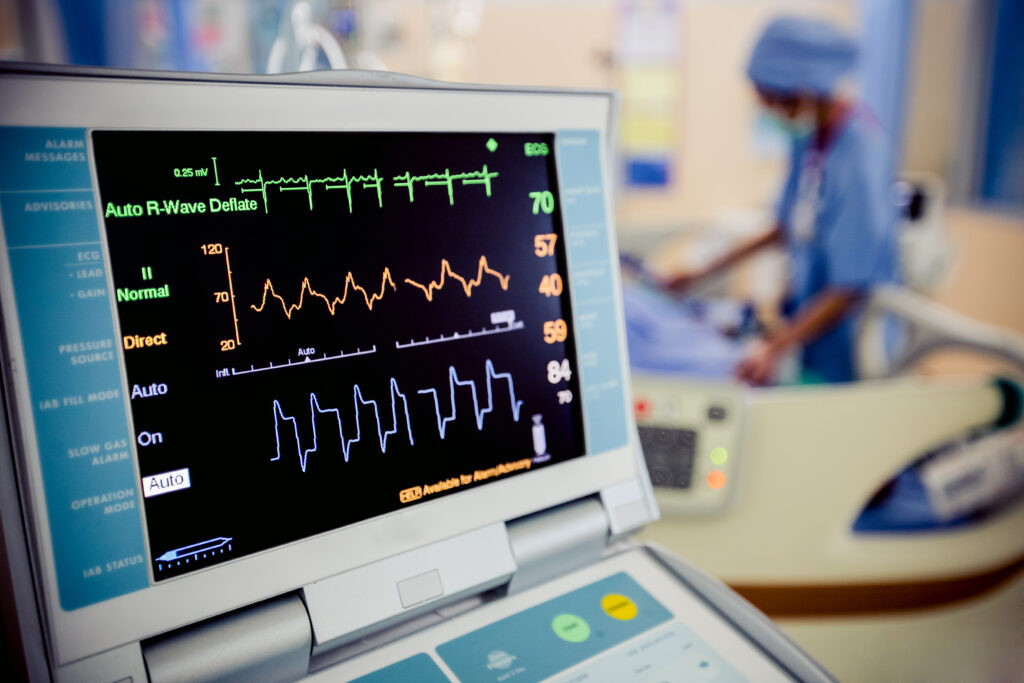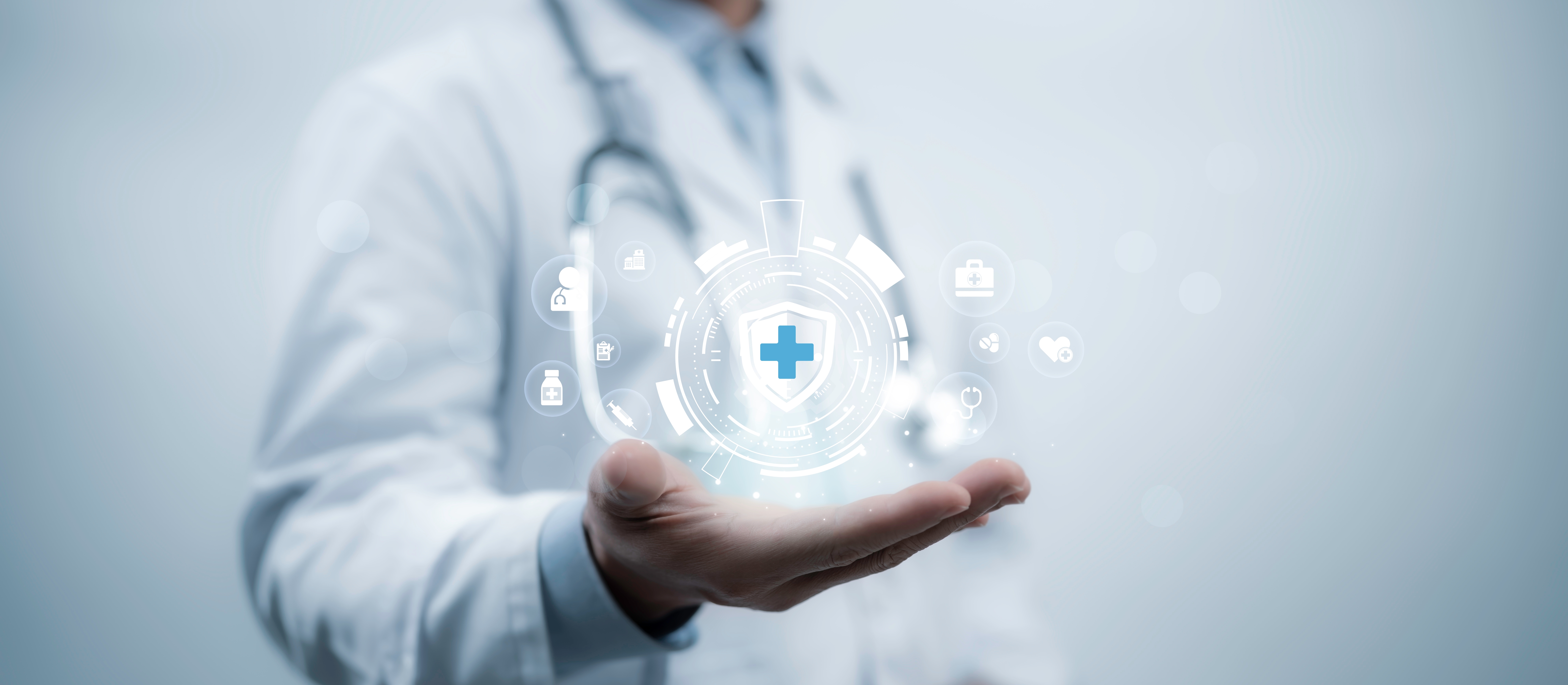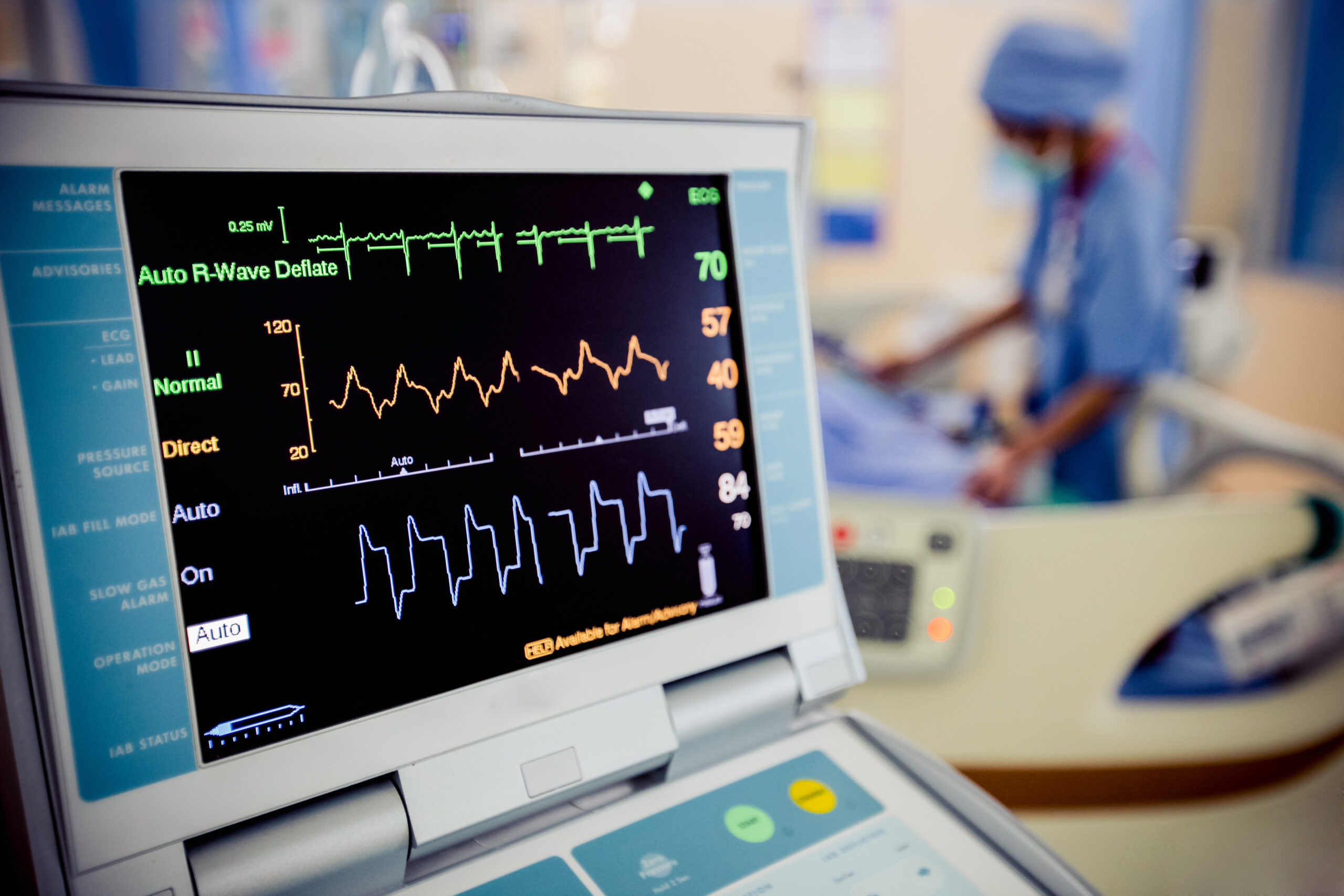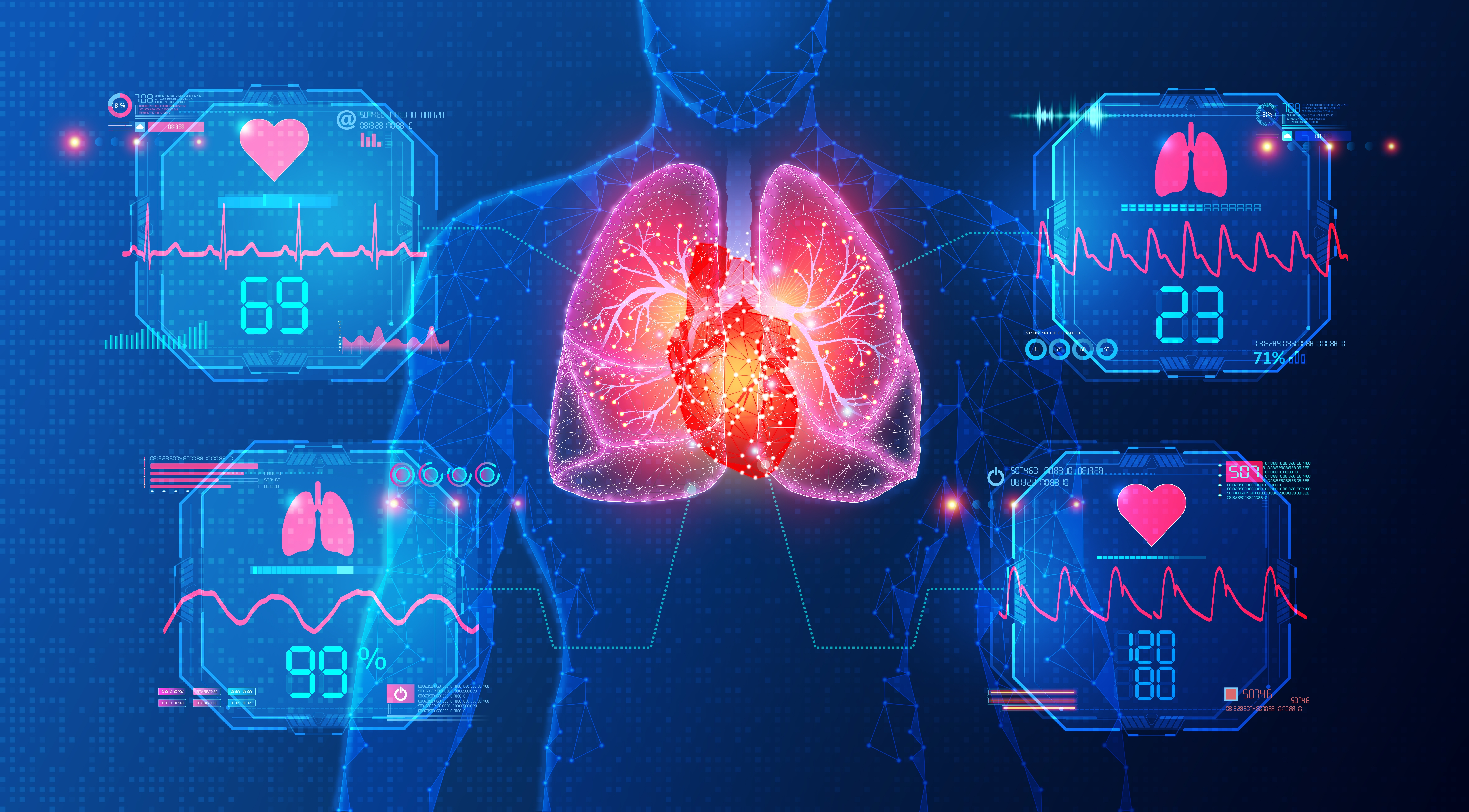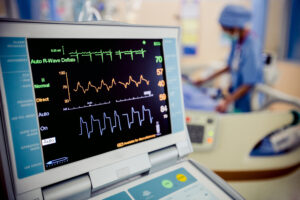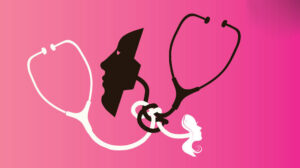Remote Patient Monitoring (RPM) is no longer just a futuristic idea; it is a reality now, shaping the core of modern healthcare. As the world is advancing towards better facilities and modern technologies, there has also been a rise in chronic illnesses. Debilitating symptoms and life-threatening complications often accompany these illnesses. That’s where remote patient monitoring in India comes into play.
For those who don’t know it yet, RPM leverages modern technology to deliver high-quality healthcare even to rural India. This makes treatment and healthcare accessible to many patients, minimizing the need for multiple hospital visits.
Also, RPM is transforming how doctors connect with their patients, allowing early diagnosis and timely interventions. These further result in better health outcomes for patients with severe heart, lung, kidney, or liver conditions. With more doctors adapting to cellular devices to monitor their patients’ health, the RPM device market is predicted to reach $4.07 billion by 2030, with an annual growth rate of 8.74%.
In this blog, we will discuss how the future of remote patient monitoring will reshape healthcare for both patients and providers.
Advances in Wearable Technology
With the rise in wearable technology, you will notice how easily they will replace the fitness trackers we use today. These devices will monitor your blood sugar, breathing patterns, sleep quality, and stress levels, helping the caregivers collect accurate data and prepare a personalized treatment plan.
As for the patients, you won’t need frequent clinic visits to get basic readings. You can access high-quality healthcare right from home through virtual appointments, limiting hospital or clinic visits.
Integration of Artificial Intelligence (AI)
While artificial intelligence is already integrated in RPM, in the future, it is predicted to take things further by collecting data and analysing it in real time. With AI-integrated ECG monitoring, you will have a “digital health assistant” checking patterns in your health data, detecting minor warning signs, and even predicting potential issues before they become serious.
With AI-integrated RPM, you and your doctor will get prompt alerts when your device detects any unusual symptoms or abnormalities in your blood vitals. Hence, instead of waiting for symptoms to get worse, you will get early interventions that could prevent emergencies.
Virtual Care and Telehealth Expansion
The future of healthcare will not be limited to hospitals; it is about to go online. Remote patient monitoring in India will utilize telehealth services so patients can connect with their healthcare providers anywhere and anytime. This seamless combination of RPM and telehealth will make healthcare more convenient and accessible for patients in rural areas.
Remote monitoring devices will enable doctors to access real-time health diagnostics and data without requiring extended travel for consultations. Your doctor can monitor your progress remotely, adjust medications, and answer real-time concerns via virtual consultations.
Improved Patient Engagement and Empowerment
One of the best parts of remote patient monitoring in India is that it allows patients to control their health. You can access real-time insights about your body with wearables and remote monitoring devices. Since these devices are user-friendly with apps and dashboards that are easy to navigate, you will see precise data regarding your heart health.
The visibility will allow you to take meaningful steps and track your progress simultaneously. This encourages you to stay committed, allowing you to question and communicate with your doctor when needed. This two-way partnership will promote faster diagnosis, personalized treatment plans, and fewer health complications.
Conclusion
Remote patient monitoring is a critical factor that is increasingly improving patient outcomes, care coordination, and treatment approach, as well as reducing healthcare expenses. Chronically ill patients can achieve optimal health results through real-time monitoring, prompt diagnosis, and timely treatment. This prevents life-threatening complications associated with heart failure. Whether you are a patient managing a chronic condition or a healthcare provider looking to improve outcomes, now is the time to embrace ECG monitoring and be part of this change. Take charge of your health with Heartnet India.


